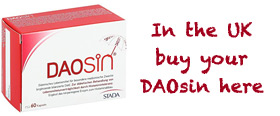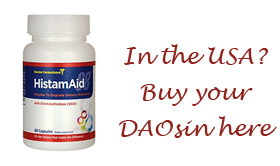|
|
Asthma and nutrition |
Some years ago my wife and I spent four weeks driving across Australia in a camper van. Although there was selenium in our baggage, space was very limited and we never bothered to take it out. On arrival in Brisbane I developed indigestion, which I quickly dealt with by taking a selenium supplement. My wife did not have indigestion so did not take selenium. She subsequently became infected by an unpleasant virus that had no effect on me. When we reached Melbourne we found that many of our relatives had been infected by the same virus. The point I wish to make is that in general my wife and I resist common infections as long as we take a selenium supplement. We all have a wonderful system, our immune system, which protects us from most kinds of infection as long as we eat food that provides all the essential nutrients. It is so complex and sophisticated that it is incredible that it should turn against itself for no good reason. Far more likely that it detects something wrong before any symptoms are experienced and moves in to destroy and remove the malfunctioning cells. Click here for more articles by Tom Stockdale First Published in 2009 Click here for LINKS to manufacturers of nutrition and food supplements. |








